“Greening” the textile, garment and footwear industry: Motivation from challenges
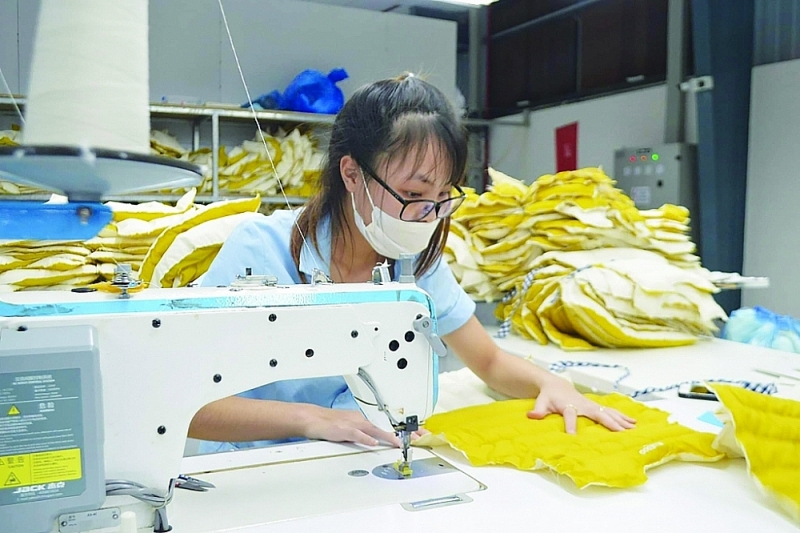 |
| Textiles and footwear are currently under pressure from the need to “green” the supply chain. Photo: N.T |
Pressure from international demands and sustainability commitments
Dr. Nguyen Van Hoi, Director of the Institute for Strategy and Policy Research on Industry and Trade, said that the Vietnamese textile and footwear supply chain has now deeply participated in the global value chain.
In 2022, the export turnover of the textile and garment industry reached more than 44 billion USD and the footwear industry reached over 28 billion USD. Despite a decline in 2023 due to the global economic slowdown, by 2024, the exports of these two industries have bounced back again and are forecast to a positive growth in the following years, continuing to contribute to Vietnam's total export turnover.
However, as industries that generate large amounts of emissions, textiles and footwear are currently under pressure from the need to “green” the supply chain. International brands are imposing strict regulations on reducing greenhouse gas emissions, saving energy, using environmentally friendly materials and increasing recycling.
This requires Vietnamese businesses to comply and innovate to meet increasingly high environmental standards in demanding markets such as the US and EU.
Mr. Le Xuan Thinh, Director of Vietnam Cleaner Production Center Company Limited (VNCPC), pointed out the challenges of the textile industry from the pressure to use energy efficiently, recover and recycle to reduce environmental impacts.
The Government’s commitment to net zero emissions by 2050 requires the textile industry to have a roadmap for implementation (the industry currently emits about 5 million tons of CO2/year).
Along with that, the cost of energy, labor, and raw materials is increasing, which imposes both challenges and driving forces.
| To develop sustainably and go the long way, we must have a roadmap to cut costs related to raw materials, resources, water, and have measures to recycle and circulate in accordance with environmental standards," Mr. Le Xuan Thinh analyzed. |
Ms. Phan Thi Thanh Xuan, Vice President and General Secretary of the Vietnam Leather, Footwear and Handbag Association (Lefaso), said that the Vietnamese leather and footwear industry has deeply integrated into the global supply chain, so meeting sustainable development standards is an inevitable requirement that many businesses, especially large enterprises, have been implementing.
Previously, these requirements mainly came from brands, but now they have been legalized, especially in demanding markets such as the US and EU.
Recently, the EU has issued a series of regulations to promote the "greening" of the supply chain, including the law on supply chain verification, or the law on anti-deforestation.
In addition, new regulations such as extended responsibility for manufacturers, eco-labeling and eco-design are also major challenges for the Vietnamese footwear industry, as the EU and US markets currently account for 70% of the industry's export turnover.
Analyzing further the specific characteristics of the industry, Ms. Phan Thi Thanh Xuan said that the difference in the green supply chain of the footwear industry is fashion, which requires attention from the initial design stage.
For example, Nike has applied 10 design rules to ensure that right from the idea generation stage, it must aim to choose environmentally friendly materials as well as control the entire production process, ensuring the lowest emissions, as well as reusing materials and raw materials in the production process.
Creating “leverage” from chain linkages
According to experts, one of the problems of Vietnam’s textiles and footwear in the current “greening” process is the lack of linkages along the value chain.
Meanwhile, new-generation FTAs, especially CPTPP and EVFTA sets out strict requirements about rules of origin. Accordingly, fibers and fabrics must be produced in Vietnam, used in Vietnam or in FTA countries to be certified for rules of origin and enjoy preferential taxes.
This requirement requires textile and footwear enterprises to focus on sustainable development of the entire value chain, from input materials to the production process and bringing products to market.
In addition, the textile and footwear industry needs to selectively attract foreign investment, prioritizing investment projects in advanced textile and dyeing technology that do not have a negative impact on the environment.
At the same time, connect with domestic garment enterprises, form a chain of links across the entire value chain and propose scientific and technological solutions to green the textile and garment industry... towards sustainable development, meeting the requirements of major markets in the world and keeping up with the green consumption trend.
Related News
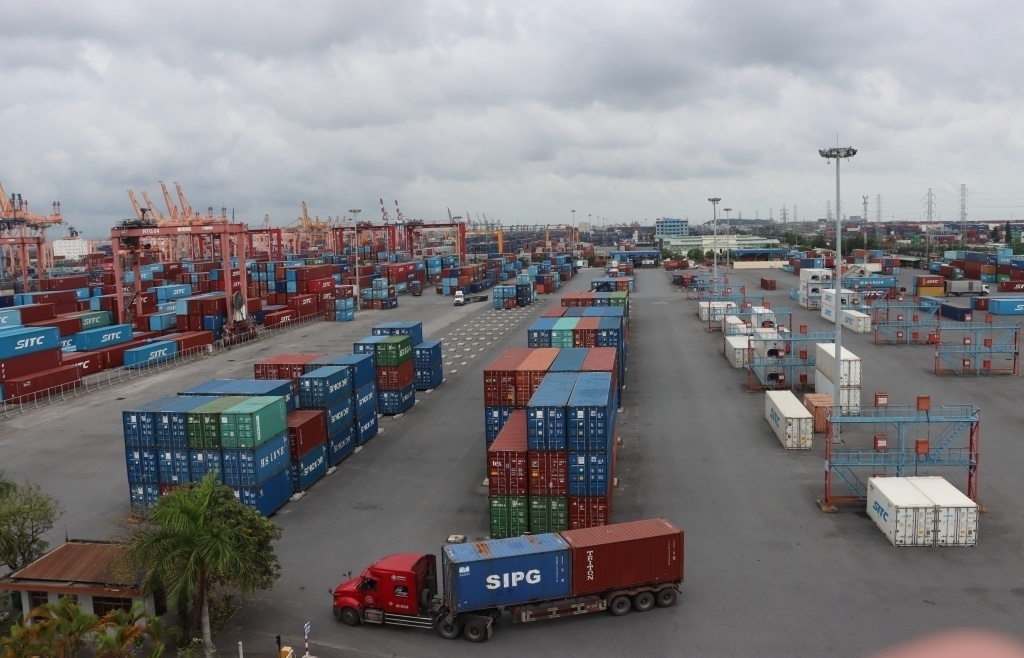
Exports witness a rise of US$1 billion in the first 15 days of 2025
07:49 | 12/02/2025 Import-Export
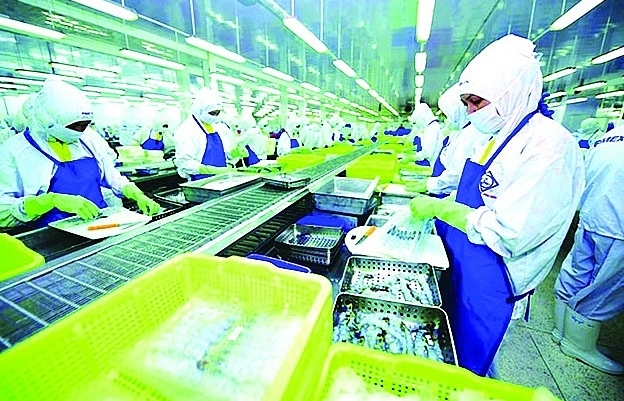
Seafood exports increase competitiveness through quality
10:24 | 09/12/2024 Import-Export
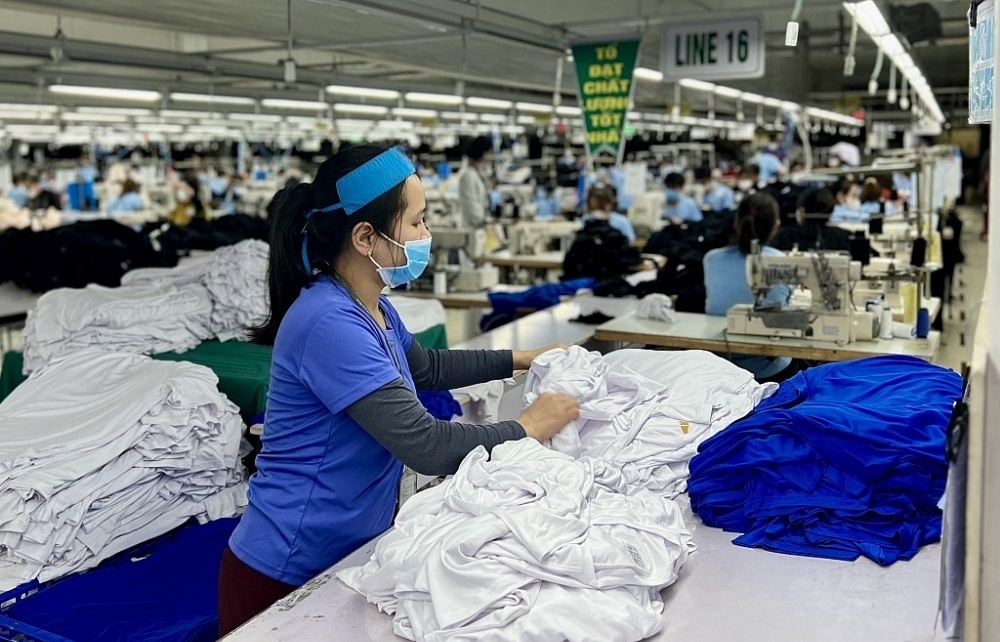
Will textile and garment exports be affected by Trump 2.0 policy?
09:44 | 08/12/2024 Import-Export

Textile and garment exports optimistic thanks to market opportunities
15:29 | 07/12/2024 Import-Export
Latest News

Embracing green exports: a pathway to enter global supply chains
10:33 | 20/02/2025 Import-Export
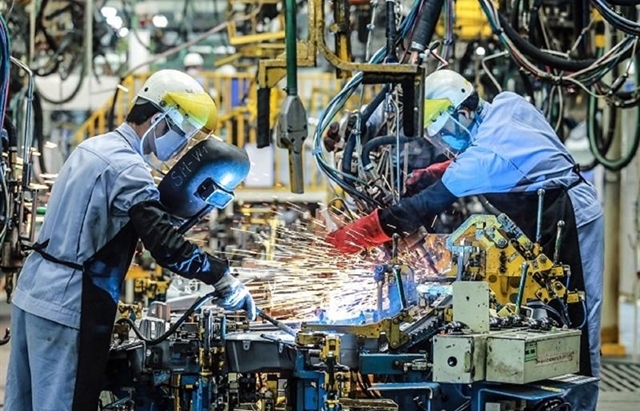
New policy proposed to prevent transfer pricing, tax evasion of FDI enterprises
10:32 | 20/02/2025 Import-Export
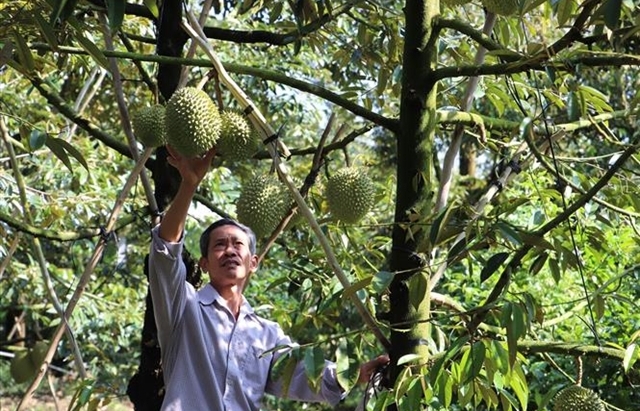
Việt Nam’s durian exports to China plummet by 80%
16:18 | 19/02/2025 Import-Export
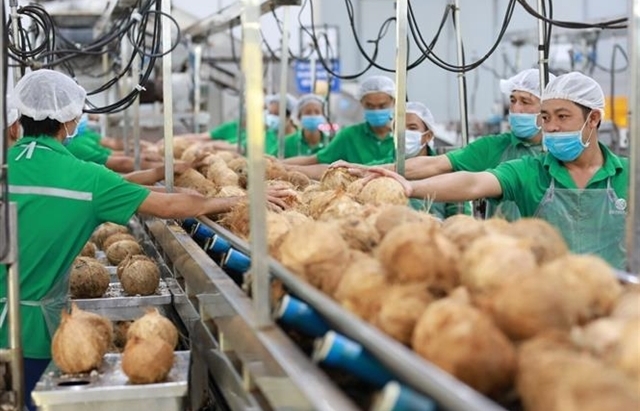
Coconut exports reach 14-year high
15:29 | 18/02/2025 Import-Export
More News

Shrimp exports grow in the first month of 2025
15:28 | 18/02/2025 Import-Export
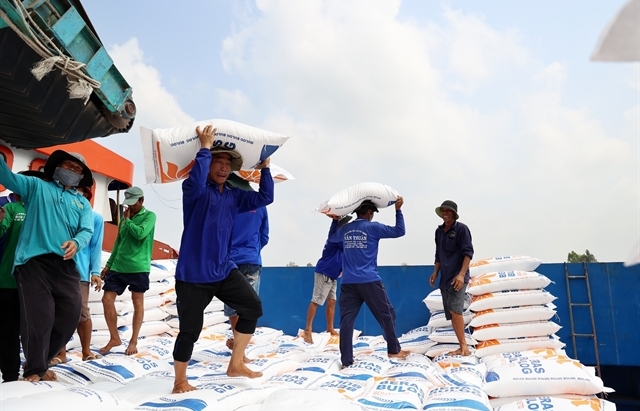
Rice export prices drop, but decline expected to be short-term
08:10 | 17/02/2025 Import-Export
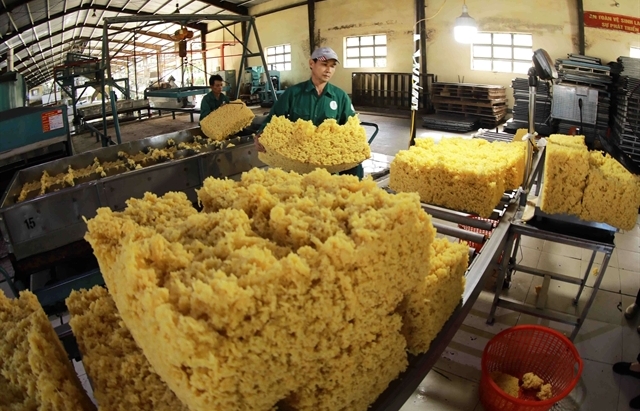
Key agro products expected to maintain export growth this year
08:08 | 17/02/2025 Import-Export
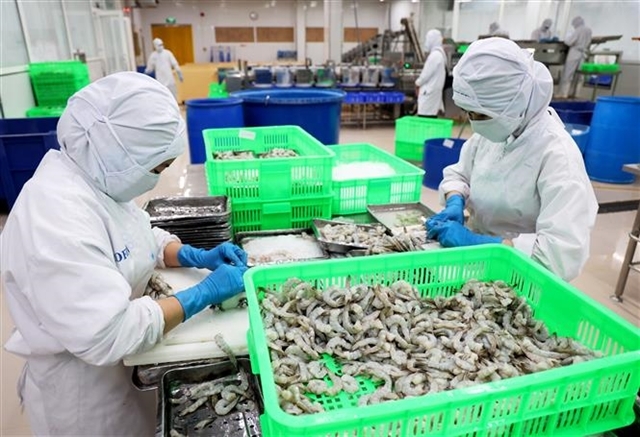
EU issues 12 warnings against Việt Nam’s food and agricultural exports
08:07 | 17/02/2025 Import-Export
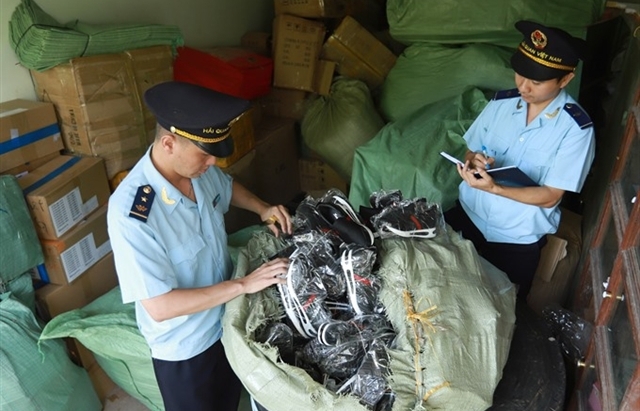
Việt Nam to impose VAT on low-value express-imported goods
08:06 | 17/02/2025 Import-Export

Exchange rate risks need attention in near future
16:31 | 15/02/2025 Import-Export
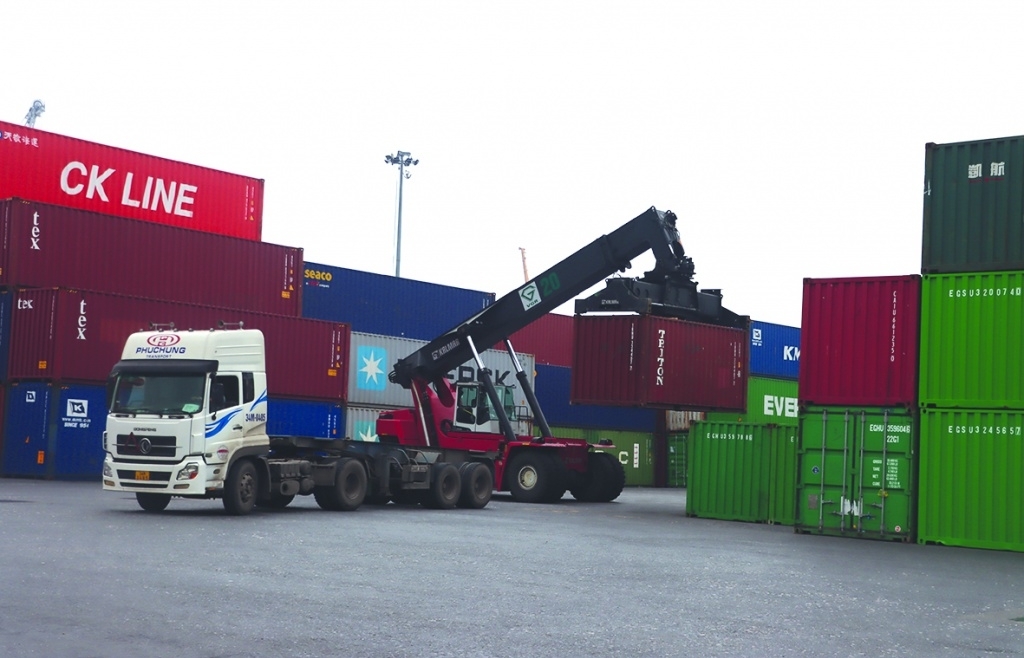
Vietnam kicked off the year with a strong start in trade, exceeding US$63 billion in the first month
16:30 | 15/02/2025 Import-Export
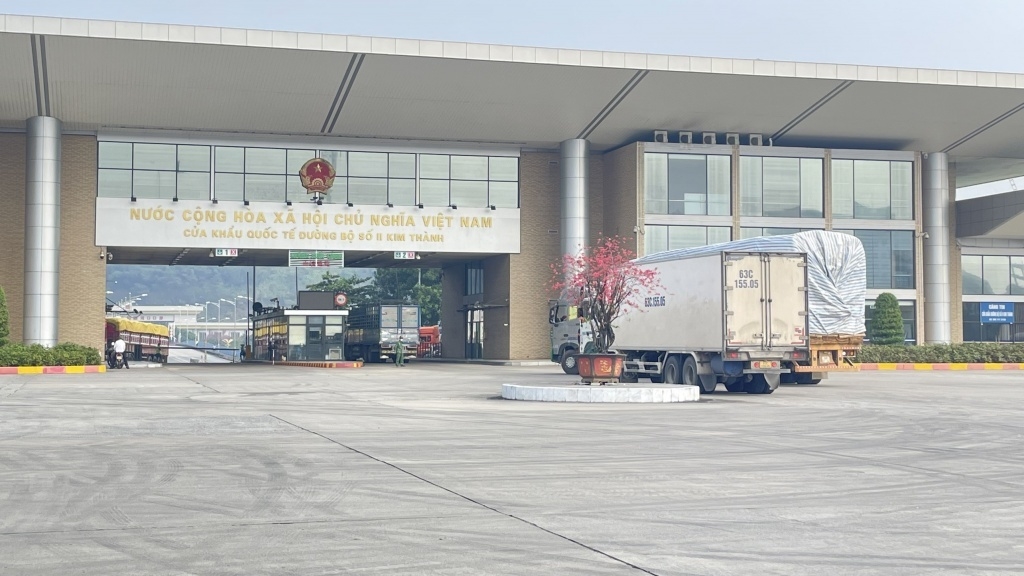
Import and export turnover reaches about US$29 billion in the second half of January 2025
14:52 | 14/02/2025 Import-Export

Market edges up slightly as liquidity remains low
14:48 | 14/02/2025 Import-Export
Your care
The system has not recorded your reading habits.
Please Login/Register so that the system can provide articles according to your reading needs.

Embracing green exports: a pathway to enter global supply chains
10:33 | 20/02/2025 Import-Export

New policy proposed to prevent transfer pricing, tax evasion of FDI enterprises
10:32 | 20/02/2025 Import-Export

Việt Nam’s durian exports to China plummet by 80%
16:18 | 19/02/2025 Import-Export

Coconut exports reach 14-year high
15:29 | 18/02/2025 Import-Export
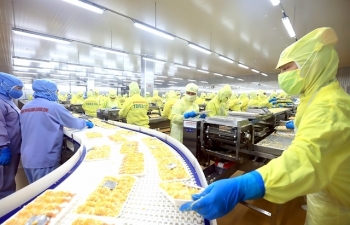
Shrimp exports grow in the first month of 2025
15:28 | 18/02/2025 Import-Export
